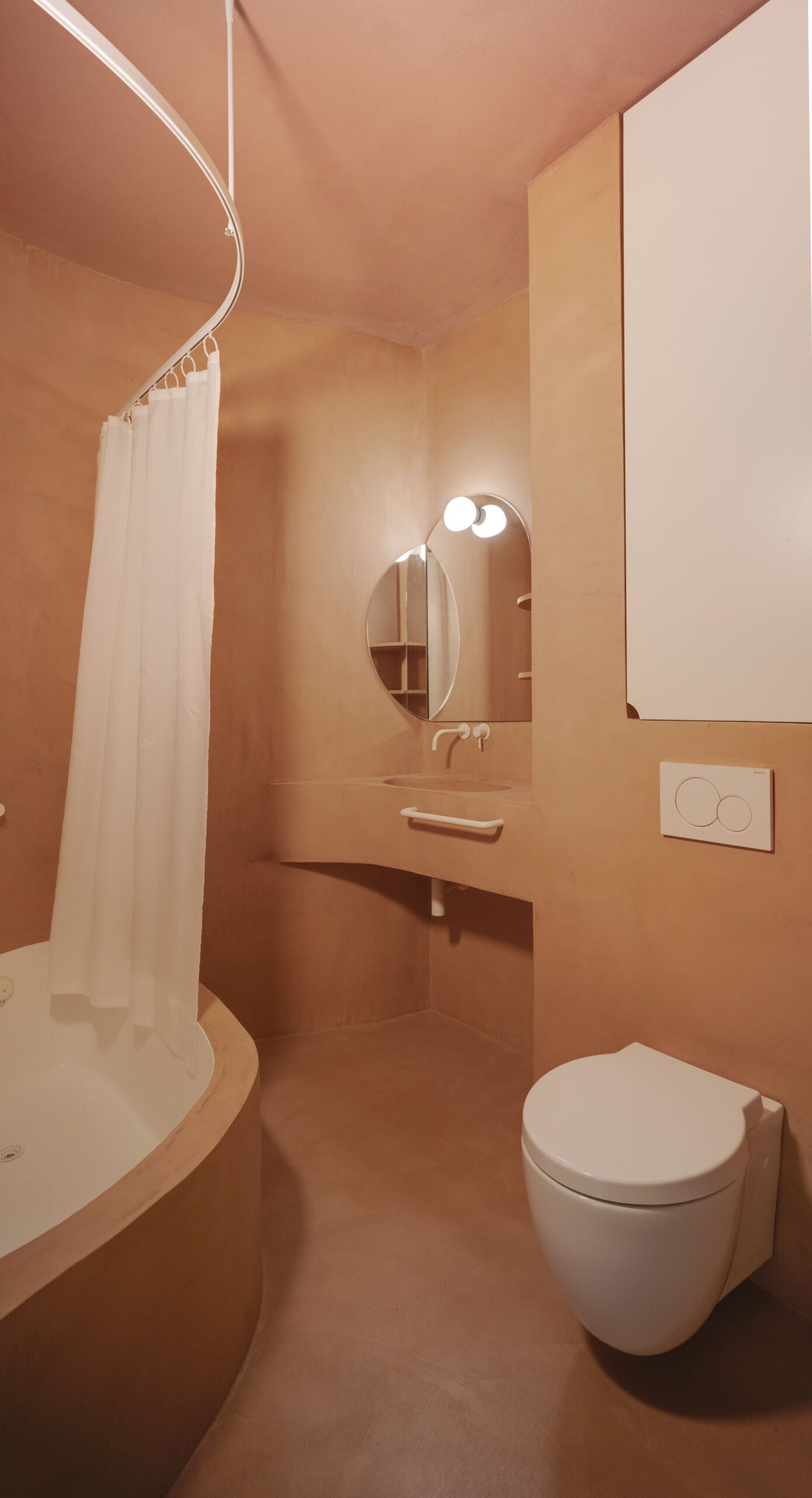
The Household Lighting Project is a comprehensive initiative aimed at improving the lighting conditions in homes across the country. Through this project, households will have access to energy-efficient lighting solutions that not only enhance visibility but also reduce electricity consumption. The project involves the installation of LED bulbs, solar-powered lights, and other lighting fixtures that are environmentally friendly and cost-effective. In addition, the project offers education and resources on energy conservation and the benefits of using sustainable lighting options. By participating in the Household Lighting Project, households can significantly lower their electricity bills, reduce their carbon footprint, and create a more comfortable and well-lit living environment for their families. This initiative not only benefits individual households but also contributes to the overall goal of promoting sustainability and energy efficiency nationwide.
Household lighting is an essential aspect of interior design that contributes to the overall ambiance and functionality of a space. When planning a lighting project for your home, it is important to consider the different types of lighting options available and how they can be combined to create a well-lit and visually appealing environment. Task lighting, ambient lighting, and accent lighting are the three main types of lighting that can be used to illuminate different areas of a room and create the desired atmosphere.
Task lighting is focused on providing adequate illumination for specific tasks such as reading, cooking, or working. This type of lighting is often found in areas where detailed tasks are performed, such as over kitchen counters, desks, or bedside tables. Ambient lighting, on the other hand, provides overall illumination for a room and helps to create a warm and inviting atmosphere. This type of lighting can be achieved through the use of overhead fixtures, recessed lighting, or wall sconces. Accent lighting is used to highlight specific features in a room, such as artwork, architectural elements, or decorative objects. By strategically placing accent lighting fixtures, you can draw attention to focal points and create visual interest.
When planning a household lighting project, it is important to consider the layout of the room, the function of each area, and the desired mood or atmosphere. By layering different types of lighting, you can create a well-balanced and versatile lighting scheme that meets both practical and aesthetic needs. Whether you are looking to brighten up a dimly lit space, create a cozy reading nook, or highlight architectural details, there are a variety of lighting options to choose from. With the right combination of task, ambient, and accent lighting, you can transform your home into a well-lit and stylish sanctuary.
 Decoration Ideas
Decoration Ideas









